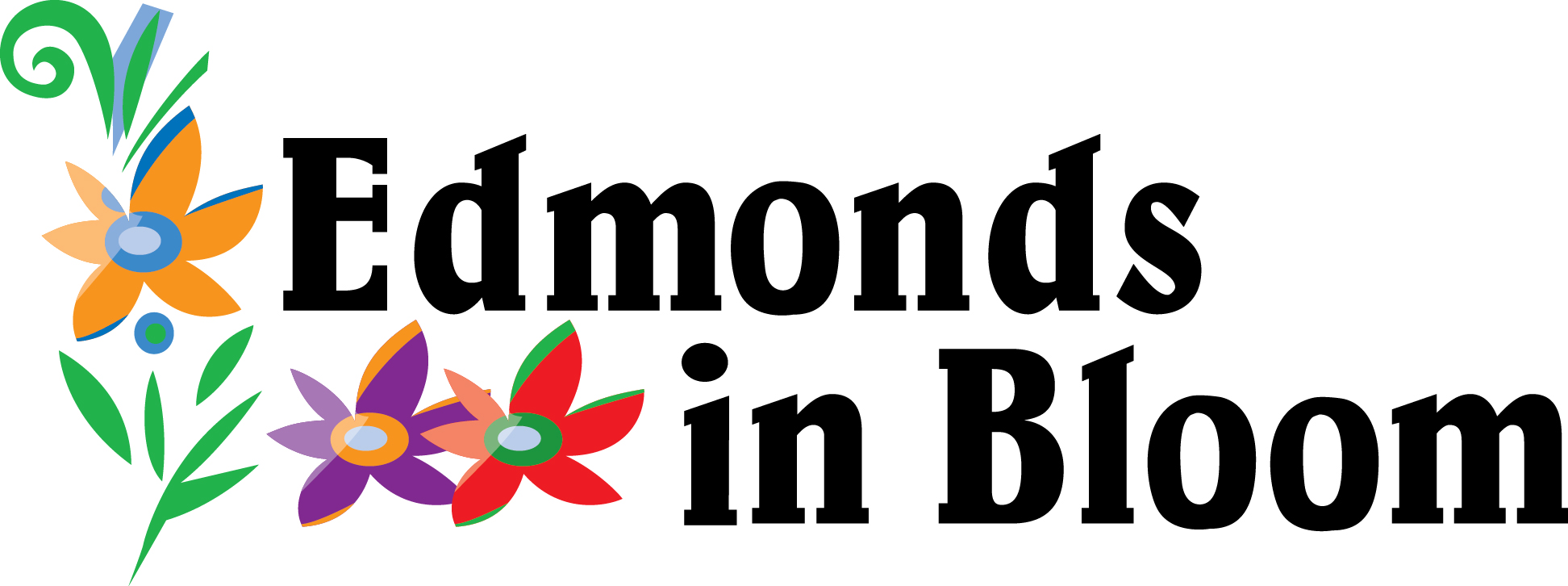Favorite Gardening Resources
Where do you go for gardening information?
Please give us your favorite sources in the comments. We are buildng a page specifically for NW Gardening Resources.
Gardeners’ preferred resources might include trusted books, university websites, phone apps, and (last but certainly not least) seed packets and seed company websites. Here are a few of ’ favorite go-to sources of information.
Books
 |
The Salad Garden, by Joy Larkcom. Penguin Books 2017. 168 pages. The Organic Salad Garden, by Joy Larkcom. Frances Lincoln, 2001. 168 pages. These guides to planting, growing, and eating salad vegetables tell you everything you ever wanted to know about growing salad plants, both the common and the obscure. Larkcom also offers advice on the best varieties for growing and for flavor. |
 |
The Garden Primer, 2nd Edition, by Barbara Damrosch. Workman Publishing Company 2008. 820 pages. (also available in digital format) First published in 1988, this classic has been reprinted numerous times, and revised and expanded. Those who own it refer to it as mud-spattered and dog-eared, and “not a coffee table book.” Damrosch defines herself as an “old-fashioned dirt gardener” and delivers always dependable information in a friendly voice. |
 |
Rodale’s Vegetable Garden Problem Solver, by Fern Marshall Bradley. Rodale Press 2007. 472 pages. (also available in digital format) The encyclopedic format of this book and its up-to-date information make it a useful resource for vegetable gardening. Plants, insects, diseases, and techniques such as seed-starting and season extension are arranged alphabetically. |
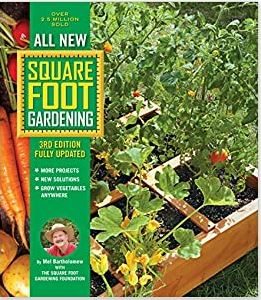 |
All New Square Foot Gardening, 3rd Edition, by Mel Bartholomew. Cool Springs Press 2013. 272 pages. (also available in digital format). Bartholomew first wrote about this intensive gardening approach in 1982, and has refined his original concept in this updated edition. The method—growing in 4 x 4 ft boxes filled with a soil mixed according to the book’s recipe—is not for everyone, but for urban gardeners with limited space it makes sense. |
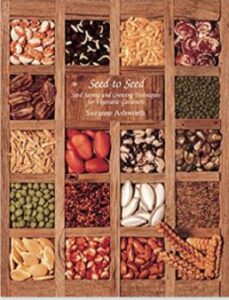 |
Seed to Seed, 2nd Edition, by Suzanne Ashworth, Seed Savers Exchange 2002. 228 pages. Originally written as a seed-saving guide, this updated edition explains how to start each vegetable from seed. It also includes local information about seed starting techniques in seven regions of the United States—Northeast, Mid-Atlantic, Southeast/Gulf Coast, Midwest, Southwest, Central West Coast, and Northwest. |
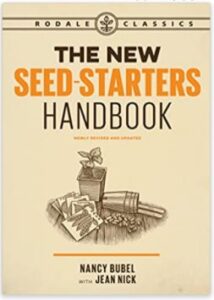 |
The New Seed Starter’s Handbook, by Nancy Bubel, Rodale Press 2018. 385 pages. This manual discusses starting seeds indoors and how to achieve success with transplants, followed by instructions for growing specific plants from seed, in an encyclopedic format. It also has useful information on germination factors, including germination time in different soil temperatures, and listings of plants that germinate in light and darkness. |
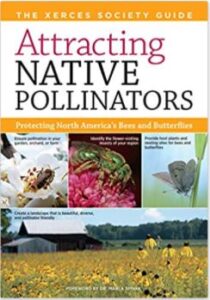 |
Attracting Native Pollinators: the Xerces Society Guide, Xerces Society 2011. 372 pages. (also available in digital format). With the honeybee in decline, we need to recognize and protect the many different types of pollinators our gardens depend on. This book provides beautiful photographs of native bees, wasps, flies, butterflies, and beetles; strategies to help them thrive; pollinator plant lists for all regions of the country; sample gardens; and more. |
 |
Vegetables Love Flowers: Companion Planting for Beauty and Bounty (2018). By Lisa Mason Ziegler. Cool Springs Press. “The best dose of medicine my gardens ever received were flowers,” writes Ziegler, who discovered in the process of becoming an urban flower farmer in Virginia that her vegetables benefitted from these beautiful new companions. She instructs on flower seed starting, bed preparation, succession planting, and bouquet making, all the while highlighting the pollination and predation work of the “heroes of the garden.” 176 pages. |
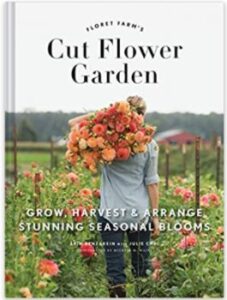 |
Floret Farm’s Cut Flower Garden: Grow, Harvest & Arrange Stunning Seasonal Blooms (2017). by Erin Benzakein. Chronicle Books. Owner of Floret Flower Farm in Washington’s lush Skagit Valley, Benzakein is known for her romantic floral designs. So it’s no surprise that this book is equal parts instruction and inspiration. Organized by season, she takes you through an entire growing year, and features over 175 different flower varieties. It also contains how-to guides for making spectacular bouquets, garlands, and wreaths. 308 pages. |
Online Gardening Resources
Resources abound on the internet, and the wealth of local information can be a real help with specific pest and disease problems. You can’t go wrong with the following.
♦ University Cooperative Extension: For reliable information, we suggest starting with University Cooperative Extension websites. You can find your local office with this tool:
http://www.gardeningknowhow.com/extension-search/. Cooperative Extension websites can be accessed through http://nifa.usda.gov/partners-and-extension-map
♦ Seed Companies; Seed sellers have a vested interest in helping gardeners succeed. Many seed company owners update their websites regularly with how-to videos and articles, and the seed packets themselves are a wealth of information. Some go above and beyond and offer cooking advice as well!
♦ Specifically for the Southwest: Gardeners love this one
http://www.sunset.com/
♦ Home Garden Seed Association: http://www.ezfromseed.org/ is updated regularly with garden articles on many topics, including growing basics, season extension, gardening with children, and more.
Apps for the Modern Gardener
Phone apps, for the thoroughly modern gardener, are being developed and tweaked continually. Here are a handful that are getting accolades:
♦ The Essential Garden Guide, by Stevenson Software LLC, offers information on planting, care, harvesting, and problem solving for a large number of plants.
♦ Bugs in the Garden, by Justin Davidson, is helpful for distinguishing beneficial insects from pests.
♦ Gardening ToolKit, by Applied Objects Ltd, helps you track the plants in your garden and offers advice on what to grow and when to grow it.
♦ Grow Your Own Organic Vegetables, by The Other Hat, is a quick reference guide to organic growing.
♦ Vegetable Tree, by Mohammed Azam, is a garden planner and tracker, with tips for growing specific vegetables.d
Credit: homegardenseedassociation.com
